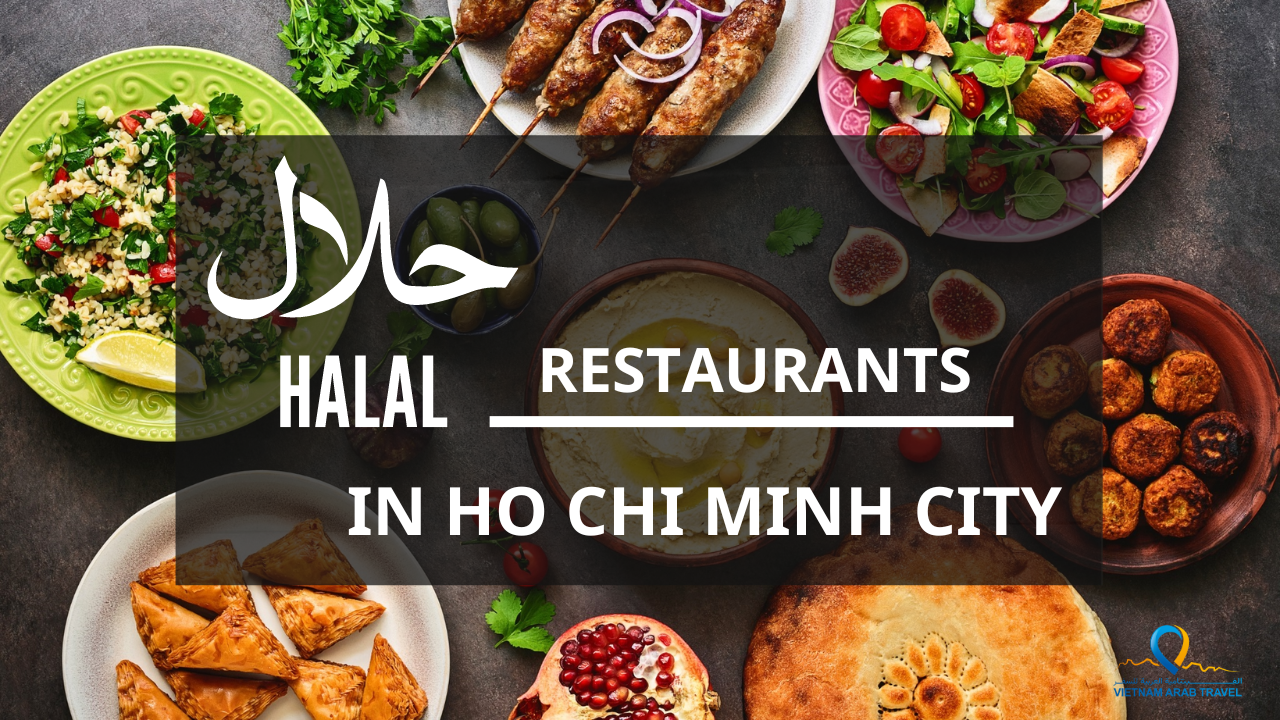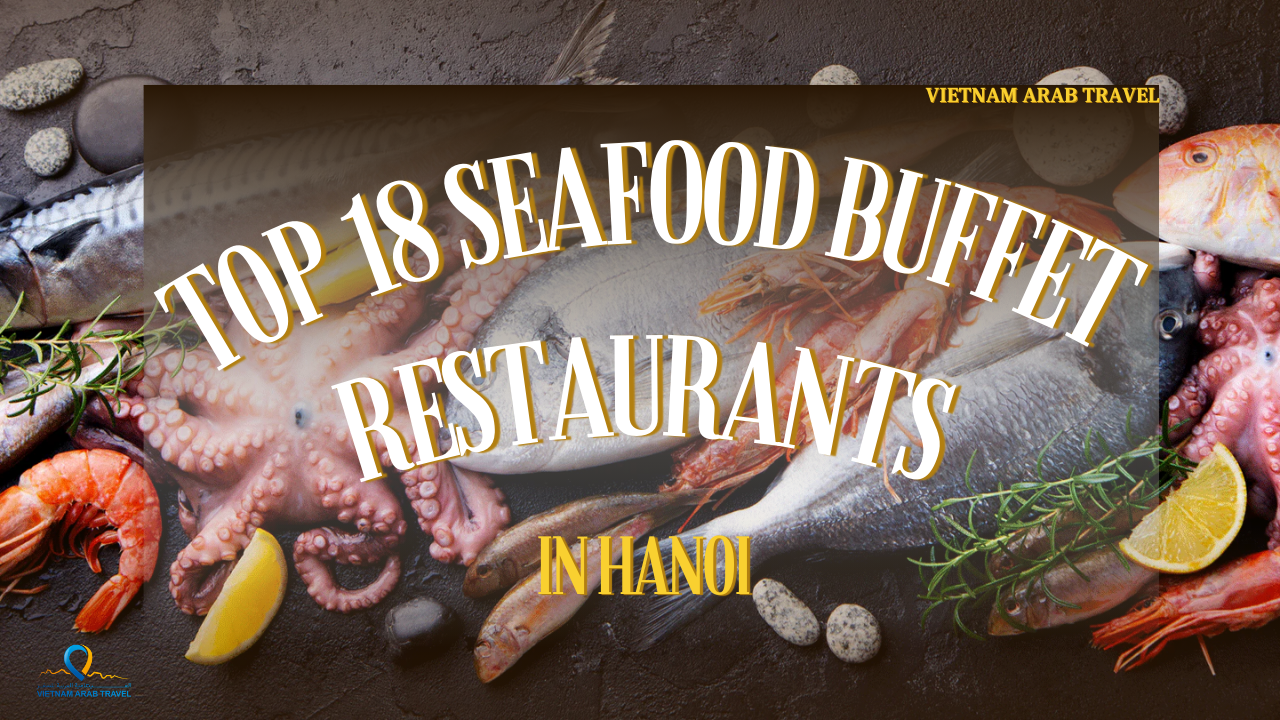Phu Tho_Where Vietnam's story begins
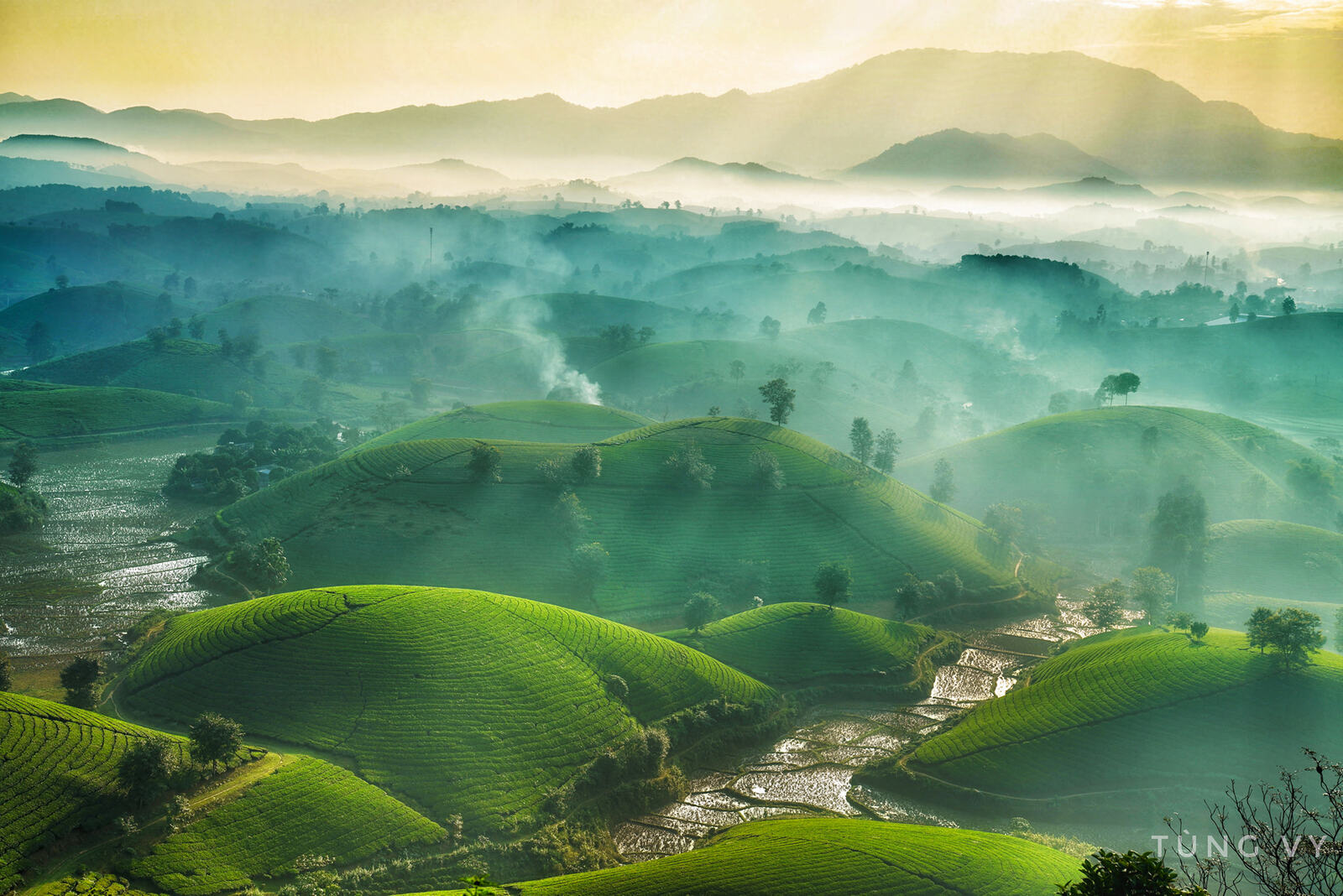
BEST TIME TO VISIT
The busiest time to visit Phu Tho is the third lunar month, when the Hung Kings Festival is celebrated. People from across the country flock to the northern province to pay tributes to the Hung Kings (2879-258 BCE), the nation's mythical founders.
January through April and July-August are good times to visit the province, when the weather is warm and there is less rain.
WHAT TO EXPLORE
The Hung Kings Temple is a complex of temples first built in the 10th century AD on Nghia Linh Mountain, 10 km from Viet Tri Town.
The complex has four temples dedicated to the Hung Kings, first descendants of the mythological forebears of the Vietnamese, Lac Long Quan and Au Co, a pagoda, a mausoleum, and other structures.

The Hung Kings Temple is seen from above. Photo by Tung Vy
On reaching the temple complex, pilgrims will pass through a gate and hike up steep steps that lead to Den Ha (the Lower Temple). An ancient Vietnamese legend says this is the place where Mother Au Co delivered the bag of a hundred eggs from which one hundred sons were born.
Next to Den Ha is a Buddhist Pagoda that was built in the 15th century.
From the pagoda, a hike through dense forest leads to Den Trung (the Middle Temple), said to be the place where Hung Kings and courtiers attended meetings of the royal court.
The Den Thuong (Upper Temple) is reached by climbing up steps to the top of Nghia Linh Mountain. This is where Hung Kings and the Royal Court worshiped the King of Heaven and other gods of mountains and rice.
Every year, Vietnamese commemorate the death anniversary of the Hung Kings at the Hung Kings Temple Festival on the tenth day of the third lunar month.

Fireworks display at Van Lang Park in Viet Tri Town during the Hung Kings festival, April 2022. Photo by Ngoc Thanh
During the national holiday, processions are held, Xoan and Ca Tru (ceremonial singing), unique traditional cultural products of the northern delta, performed. Rice cooking contest, cross-bow shooting, cock fighting, swinging contests, and dragon dancing are other popular festival activities.
Phu Tho authorities have in recent years allowed firework displays over the Van Lang Lake in Viet Tri Town on the eve of the festival.
Travel agencies offer tours that include visits to the Hung Kings Temple at night, My Thuan tea hill and Tam Giang Temple at prices starting at VND1.5 million per person.

A shrine inside the Hung Kings Temple Complex in Phu Tho Province. Photo by Trung Nghia
The Long Coc tea hills in Tan Son District, around 70 kilometers from downtown Viet Tri, has become an increasingly popular tourist attraction after spectacular photos of them blanketed in early morning mist won international prizes.
The sight of hills covered with trimmed tea shrubs making them look like upturned bowls placed next to each other, covered in autumn and early winter fog, attracts photographers galore.


Tea hills in Long Coc are blanketed by fog in the early morning. Photos by Pham Hoang Cuong
Tea is also a major agricultural produce here. Visitors can stay on until the morning and meet the workers who come to pick tea leaves.
Long Coc has a population of 3,600 people, mainly of the Muong ethnicity, for whom tea cultivation is the main source of income.
Given its close proximity to Vietnam's capital Hanoi, the Xuan Son National Park is an ideal camping destination for a weekend vacation.
As it is much more isolated than Vietnam's other national parks, visitors wanting to stay overnight have to book a homestay in one of the local villages.

Xuan Son National Park is covered with white clouds in an early morning. Photo courtesy of Xuan Son National Park
Ban Coi, Ban Lap and Ky Tam are among the more popular villages where locals offer homestay services.
Trekking through dense forests inside the national park is a great experience. The most popular hike is a strenuous climb to the summit of Ten Mountain, which takes around 10 hours.
Three mountains, Can, Ten and Voi, at over 1,000 meters, are some peaks to climb at Xuan Son. Inexperienced trekkers can hire a guide, mainly from the local ethnic minority community. Some tours that depart from Hanoi include a guided trek of Ten Mountain. Treks to the park's remote villages can also be arranged and guided by local people.


Tourists trek in Xuan Son National Park in Phu Tho Province. Photos courtesy of Xuan Son National Park
Ban Du is one of the most remote villages in the park, an increasingly popular destination among those who desire close encounters with rural life and ethnic minority cultures. With its valleys and limestone karsts, the national park is home to a series of caves accessible on foot, some more open than others. A few have rivers flowing through them.
Camping is allowed in Xuan Son National Park but homestays are a better way to connect with locals and their culture. Instead of a tent, visitors can sleep in one of the villagers' traditional stilt houses.
Booking a homestay can be a challenging task as most local villages do not have an online website. Instead, travelers have to ask local guides for assistance in locating and booking one.
Ha Duc Minh, chairman of the Xuan Son Commune People's Committee, said the locality operates eight homestay facilities with 30 rooms for two to four guests and eight community rooms for 40 people each.
"Local ethnic minority communities have preserved their unique cultures. Aside from exploring the national forests and caves and bathing in streams, visitors can learn about the daily life of the Dao and Muong groups," Minh said.
The Xuan Son National Park is home to 1,270 species of plants and almost 800 species of animals. Many plants and animals within the park are rare; and a few listed as endangered or threatened such as the sun bear, Asian black bear, Phayre’s langur, Francois langur, Chinese pangolin, and king cobra.
The Hung Lo communal house is famous for Xoan singing which was recognized by UNESCO as an intangible cultural heritage in need of urgent safeguarding in 2011.

An aerial view of Hung Lo communal house in Phu Tho Province. Photo by VnExpress/Ngoc Thanh
The singing, also referred to as "singing at the gate of the communal house," is linked closely to the beliefs of local farmers, who worship heaven gods and kings for good harvests.
The house is situated on 500 square meters of land in the ancient village of Hung Lo, 10 km to the east of Hung Kings Temple. Legend has it this was formerly the sacred land Hung Kings had used to rest on their journey.
The 300-year-old communal house has its original architectural features intact. Its main components are rare iron-wood, mukulungu and apitong. The house was recognized as a national historical site in 1990.
The Thanh Thuy hot mineral spring has been exploited on an area of one square kilometer along the Da River. The spring water has temperatures ranging from 37-43 degrees Celsius. The water source is typically 130-160 m deep.
The Van Hoi Lagoon in Ha Hoa District was developed about half a century ago to meet irrigation needs of Ha Hoa and Tran Yen Districts. It has become a popular eco-tourism site in Phu Tho and is often dubbed a miniature version of Ha Long Bay.


Van Hoi Lagoon is famous for eco-tourism activities in Phu Tho. Photo courtesy of Hoang Do Photographer
There are 40 large and small islets surrounded by lush greenery that rise out of the waters. They can be explored after renting a boat from locals. The residents of the lagoon belong to the Tay, Dao and Kinh ethnic groups.
As the capital town of Phu Tho, Viet Tri bustles at night but is not crowded like Hanoi, giving it a relatively secluded charm.
Iin the heart of Viet Tri is the 116-hectare Van Lang Park which includes a walking path surrounding a lake and a pedestrian bridge lit up at night.

Van Lang Park in the heart of Viet Tri Town is seen from above. Photo by Tung Vy
This is one of the more crowded places in Phu Tho at night, hosting a series of restaurants and beer stalls with affordable prices (VND15,000 - 30,000).
Some of the popular bars to hang out at are the Q Club, Viet Tri Nightclub and Bar X2 Vibe.
Hungry visitors can enjoy grilled fish and goat hotpots at the night street food hub on Nguyen Du Street.
WHERE TO STAY
The tourist attractions in Phu Tho are relatively far apart, so hotels and homestays are mainly scattered in the downtown area.
Four-to-five-star hotels in Viet Tri include Muong Thanh Luxury Phu Tho and Garden Viet Tri with room rents starting from VND1.3 million a night.

A bedroom of Muong Thanh Luxury Phu Tho. Photo courtesy of the hotel
Cheaper options include X2 Vibe Viet Tri Hotel, Saigon Phutho Hotel, SOJO Viet Tri with room rates starting from VND800,000 a night.
At the Xuan Son National Park, some ideal homestay facilities featuring the architecture and culture of the Dao ethnic community are Xuan Son, Lam, Quynh Nga and Thuc Nhu.

Xuan Son homestay inside the Xuan Son National Park. Photo by Duc Minh
WHAT TO EAT
Phu Tho is famous for its lang (bagridae), a type of catfish caught in local rivers.
The fish would be fried in oil and flavored with dill. It is served with fresh rice vermicelli, aromatic herbs, roasted peanut and shrimp paste. Grilled fish is wrapped in rice paper with herbs and served with soya sauce.

Lang (Bagridae) fish is served with fresh rice vermicelli, aromatic herbs, roasted peanut and shrimp paste. Photos courtesy of Da River Lang Fish Restaurant


Photos courtesy of Da River Lang Fish Restaurant
The dishes can be tried at Da River Lang Fish Restaurant in Gia Cam Ward, Viet Tri Town.
A must-try Phu Tho specialty would be banh tai, a rice cake with pork filling. The cake is molded in shape of an ear (tai in Vietnamese) and uses fish sauce as its dip.
As a local specialty, it's not difficult to find the dish at many street-side stalls and restaurants.
Thanh Son sour pork, a specialty of the Muong ethnic minority group, is made from badger pigs husbanded by the ethnic minority community. The pig is only fed vegetables and wild fruits. The dish is usually served with guava, cloves and fig leaves with a spicy chili sauce.
The dish can be found at several stalls in Thanh Son District.
In addition to fish and pork, Viet Tri has crab and goat hotpots served by stalls on the Nguyen Du food street. Crab hotpot or goat hotpot at Phu Thanh eatery on Nguyen Du Street are recommended places.


Thanh Son sour pork and goat meat served at a stall in Phu Tho. Photos by Phuong Anh
The food street on Nguyen Du in Nong Trang Ward hosts more than 100 food and beverage businesses serving all kinds of Phu Tho specialties including BBQ, rolls and vermicelli dishes.
HOW TO GET THERE

Viet Tri Town in Phu Tho is lit up at night. Photo by Tung Vy
Phu Tho is around 90 kilometers from Hanoi. The best way to reach it is by bus. One-way tickets at Hanoi’s My Dinh bus station cost VND60,000 per person. Since the buses can get crowded, a "limousine" offers a more comfortable trip with one-way prices starting at VND140,000 per person.
With private vehicles, the fastest route to reach Phu Tho is the Hanoi - Lao Cai highway.
Those driving their motorbikes to Phu Tho can take National Highway 2 and pass through Phuc Yen Town in Vinh Phuc province. Another route is Highway 32 through Son Tay Town.



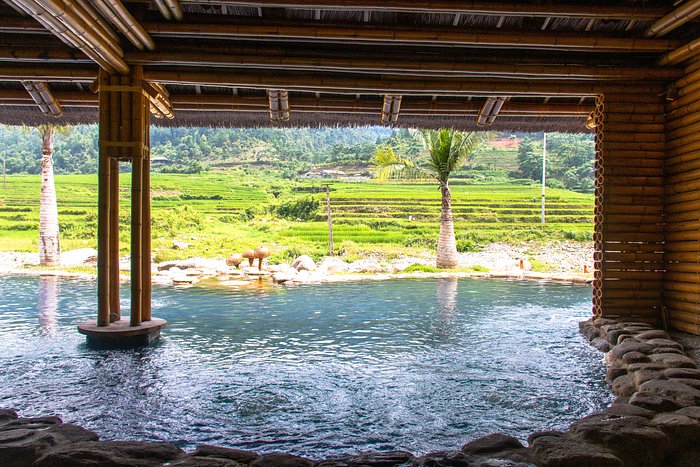
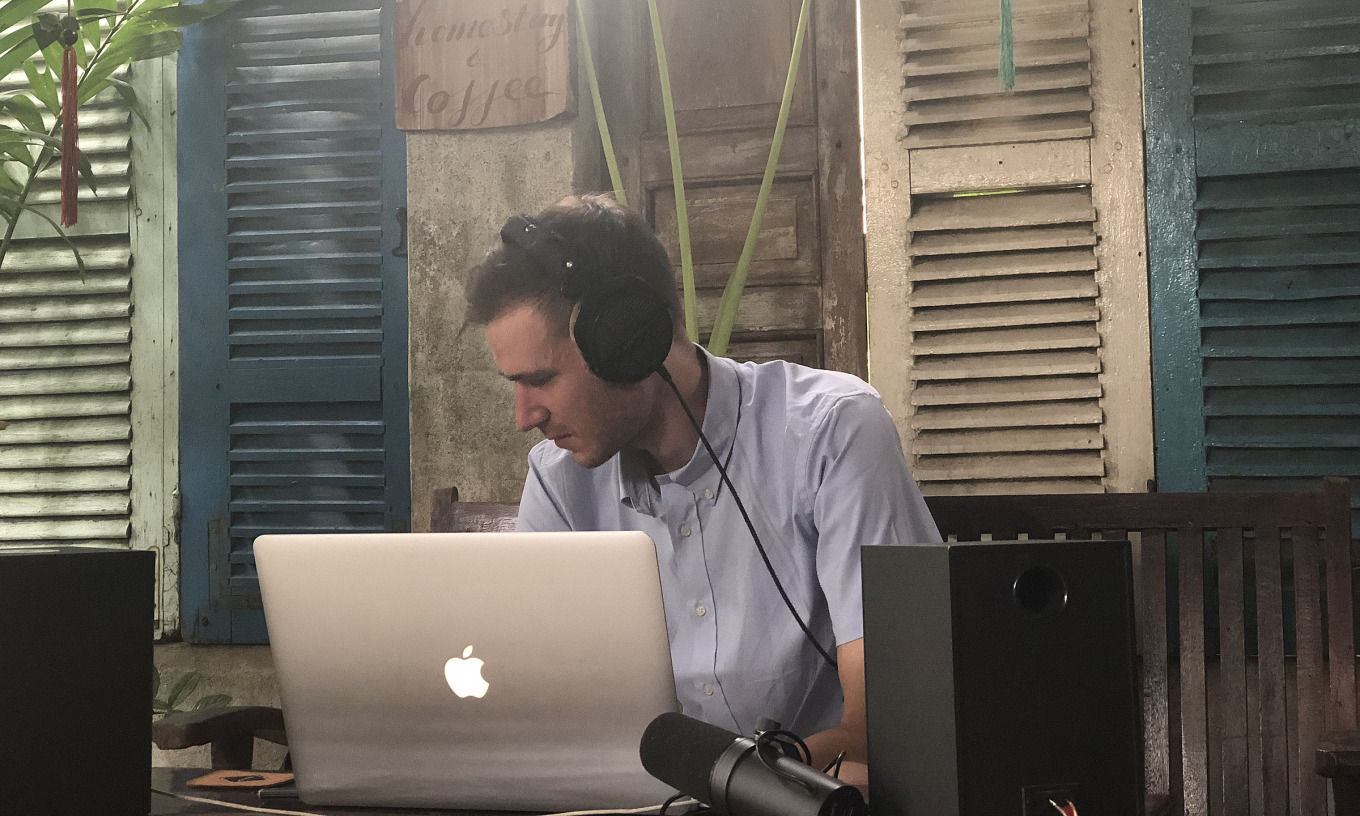
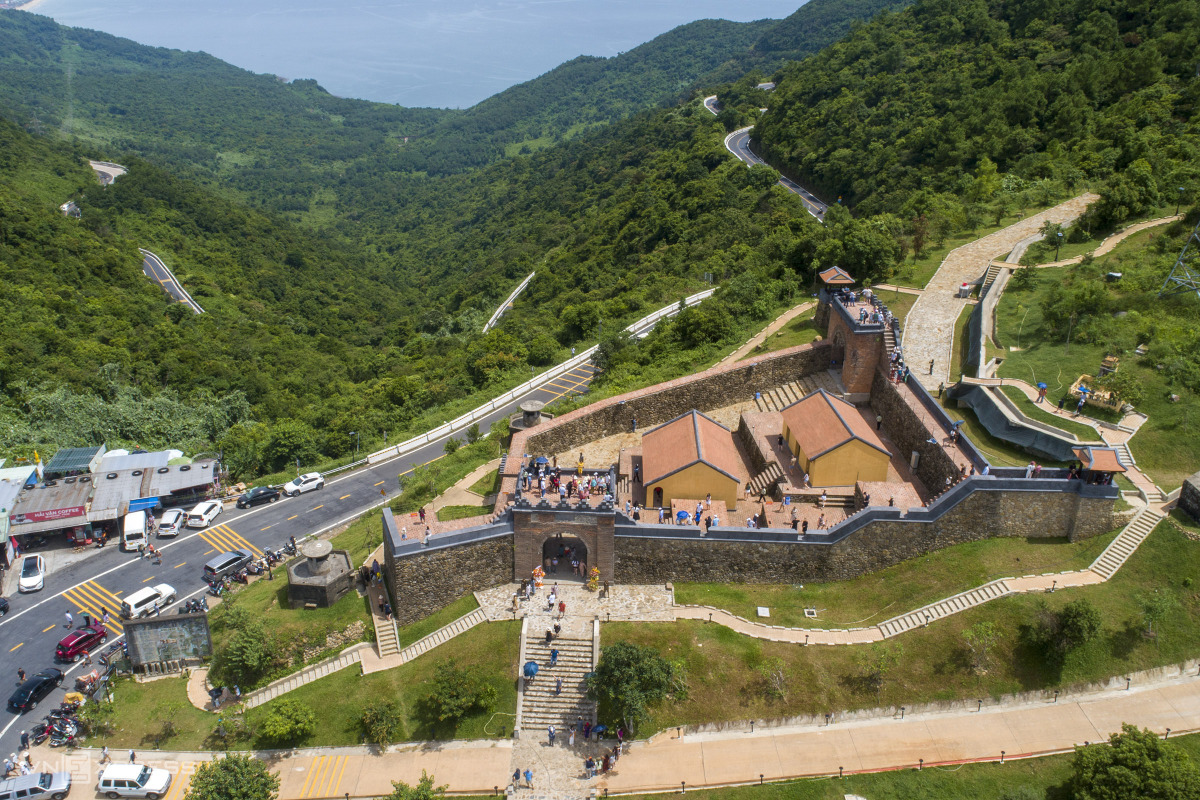

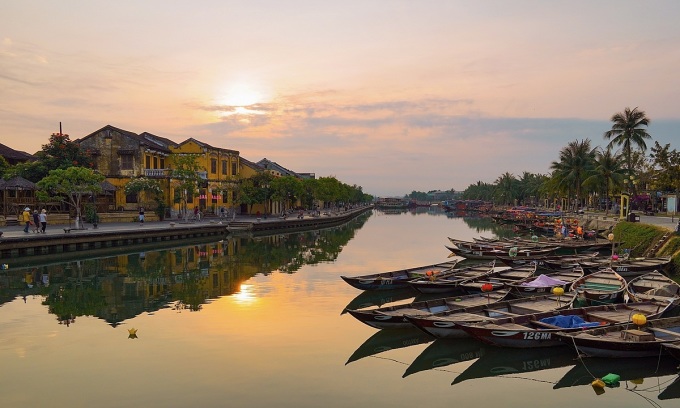
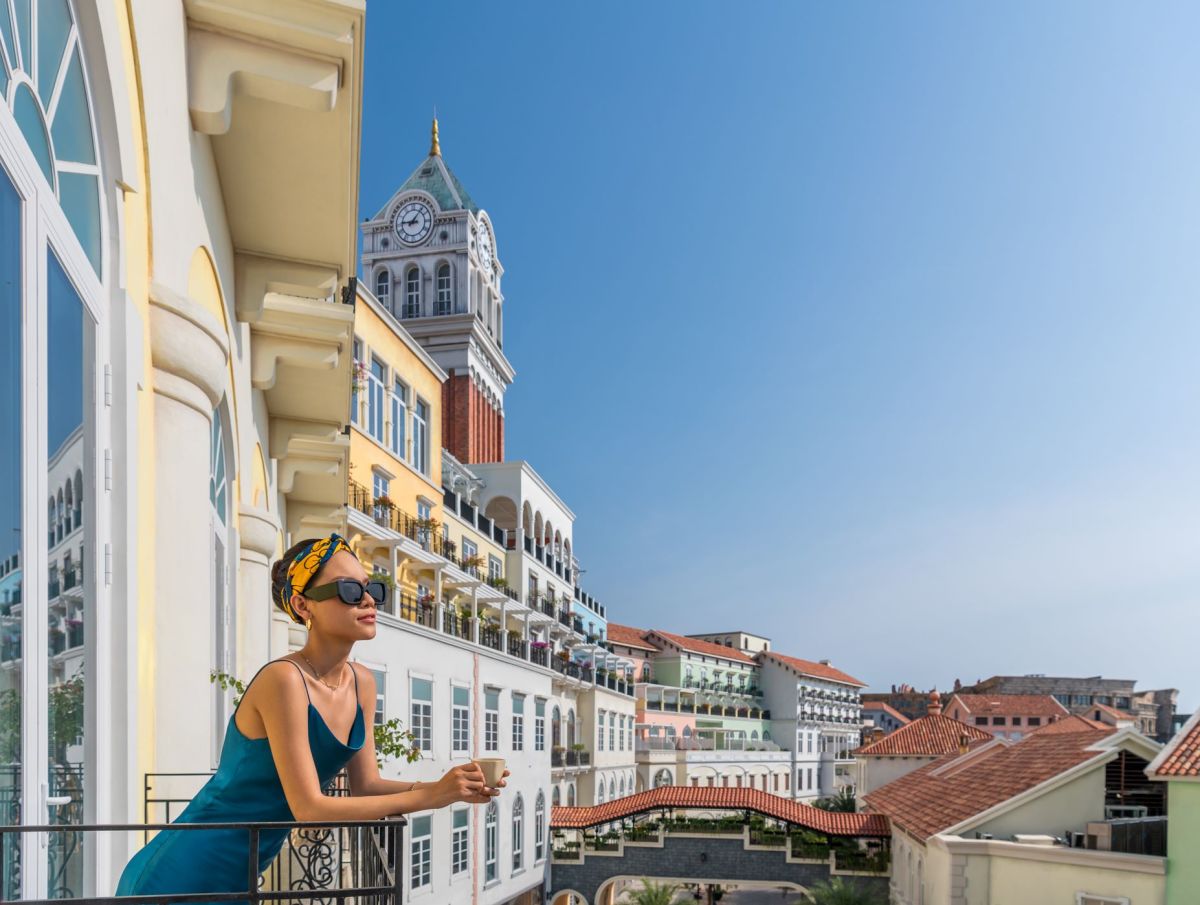
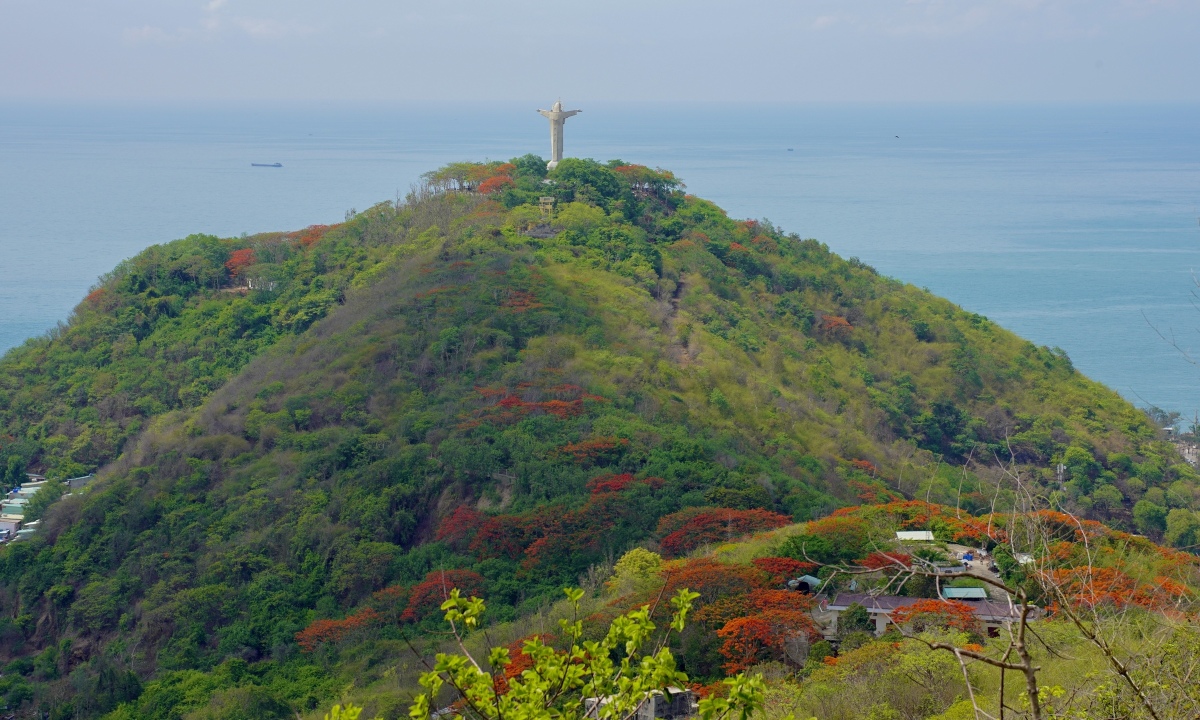
.png)
